The capacitors in question are decouplers for the centre-taps of the ethernet transformers and are not critical in value. Similarly, many designers use 100 nF decouplers on ICs on a PCB and, there are many other designers who use 10 nF decouplers for each chip. The centre-taps do need to be decoupled though: -

Image from here.
What would be affected if we increase or decrease the value of these
capacitors?
It's a bit of a goldilocks story really. Too high in value and the capacitors self resonant frequency will turn them into net-inductance at frequencies coincident with data frequencies and this could reduce data integrity. Too low in value and they are ineffective at centre-tap decoupling at data rate frequencies. Here's an example of different capacitors vs their self-resonant frequency: -

Image from here - useful reading.
So, roughly speaking, you want a capacitor that has lowest impedance in the 10 MHz to 100 MHz range for normal ethernet data.

